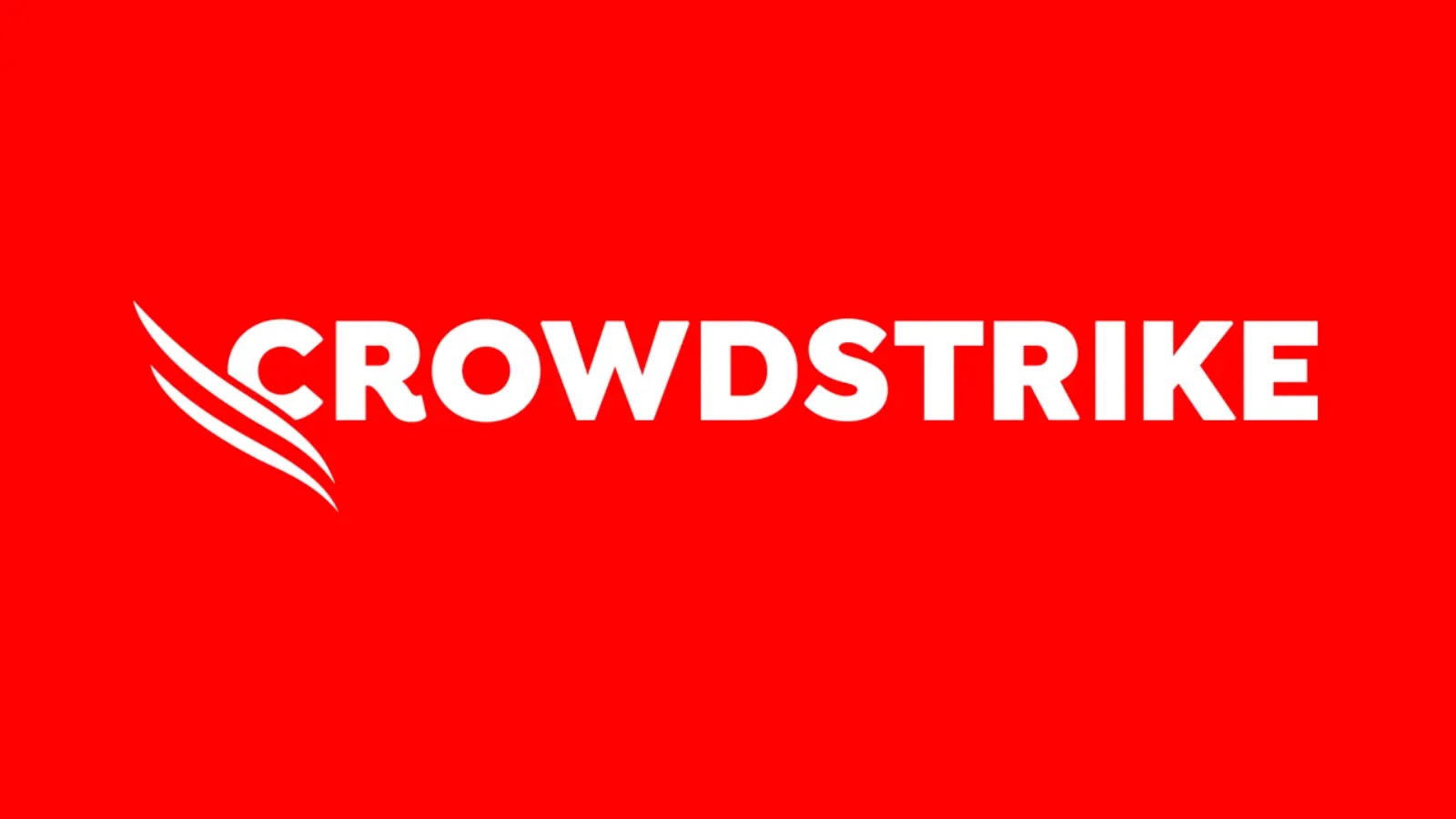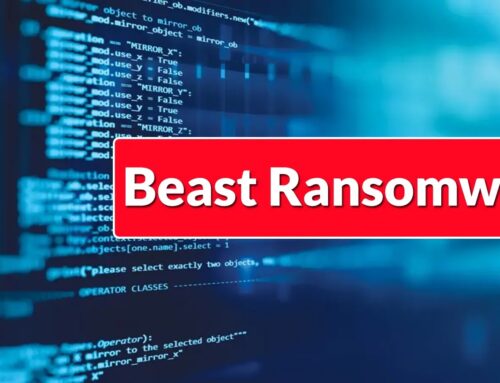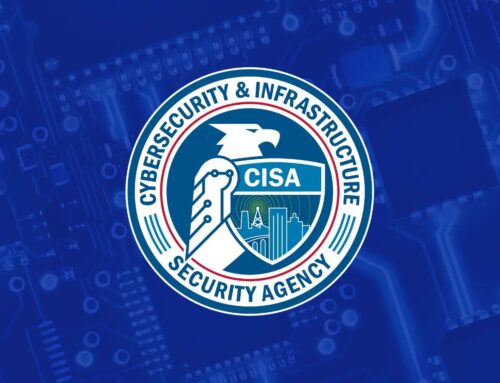
CrowdStrike Falcon Windows Sensor Vulnerability Enables Code Execution and File Deletion
Unpacking the CrowdStrike Falcon Vulnerability: Arbitrary File Deletion and Code Execution Risks
The digital landscape is constantly under siege, and even the most robust security solutions can sometimes present unexpected vulnerabilities. Recently, CrowdStrike, a leading cybersecurity vendor, disclosed and subsequently patched two medium-severity vulnerabilities affecting its Falcon sensor for Windows. These vulnerabilities, while requiring a pre-existing foothold, expose a critical risk: an attacker’s ability to delete arbitrary files and potentially execute code on a targeted system. For IT professionals, security analysts, and developers, understanding the intricacies of these flaws is paramount to maintaining a secure environment.
Understanding CVE-2025-42701 and CVE-2025-42706
The two vulnerabilities in question are officially designated as CVE-2025-42701 and CVE-2025-42706. While distinct, they share a common severity rating and a crucial prerequisite: an attacker must already possess the ability to execute code on the compromised system. This is an important distinction, as it means these are not remote, unauthenticated vulnerabilities that can be exploited from outside the network without prior access.
- Arbitrary File Deletion: The primary concern with these vulnerabilities is the potential for arbitrary file deletion. An attacker, having gained a foothold, could leverage these flaws to remove critical system files, application data, or even crucial security logs. The impact of such an action could range from system instability and denial of service to the complete obfuscation of malicious activities.
- Code Execution (Indirect): While the vulnerability directly facilitates file deletion, the ability to manipulate system files can indirectly lead to further code execution. By deleting or modifying specific files, an attacker might be able to disable security features or pave the way for more persistent and destructive attacks.
The Impact on Enterprise Security
CrowdStrike Falcon is a widely deployed endpoint detection and response (EDR) solution, providing crucial protection against sophisticated threats. The presence of vulnerabilities within such a core security component necessitates immediate attention. Organizations relying on Falcon for Windows must recognize the potential implications:
- Operational Disruption: Deleting critical system files can lead to unbootable systems or non-functional applications, causing significant operational downtime and financial losses.
- Data Integrity Compromise: The ability to arbitrarily delete files directly impacts data integrity, potentially leading to data loss or corruption.
- Erosion of Trust: Vulnerabilities in security software can erode trust in the very tools designed to protect an organization, impacting overall security posture.
- Stealthier Attacks: An attacker leveraging these vulnerabilities could delete forensic evidence or logs, making incident response and threat attribution significantly more challenging.
Remediation Actions
CrowdStrike has promptly addressed these vulnerabilities by releasing patches. Timely application of these updates is the most critical step in mitigating the risk.
- Immediate Patching: All organizations utilizing CrowdStrike Falcon for Windows should prioritize applying the latest security updates provided by CrowdStrike. Ensure that your automated patching systems are configured to deploy these updates as soon as they become available.
- Verify Patch Installation: After applying patches, verify their successful installation across all affected endpoints. Utilize CrowdStrike’s management console or other system management tools to confirm the updated sensor versions.
- Regular Vulnerability Scanning: Continue with regular vulnerability scanning of your entire IT infrastructure to identify and address any other potential weaknesses that attackers could exploit to gain initial code execution.
- Endpoint Hardening: Implement robust endpoint hardening measures beyond EDR. This includes least privilege principles, application whitelisting, and strong access controls to limit the potential impact if an attacker manages to gain a foothold.
- Security Awareness Training: Reinforce security awareness training for all employees to minimize the risk of initial compromises through phishing or social engineering.
Detection and Mitigation Tools
While patching is the primary remediation, a combination of tools and practices can help in detecting potential exploitation attempts and bolstering overall security.
| Tool Name | Purpose | Link |
|---|---|---|
| CrowdStrike Falcon Platform | Endpoint detection, response, and patch management verification. | CrowdStrike Official Site |
| Vulnerability Management Solutions | Identifying and tracking system vulnerabilities, including unpatched software. | (e.g., Tenable Nessus, Qualys, Rapid7 InsightVM – vendor specific links vary) |
| Security Information and Event Management (SIEM) | Aggregating and analyzing security logs to detect anomalous activity indicative of compromise. | (e.g., Splunk, IBM QRadar, Microsoft Azure Sentinel – vendor specific links vary) |
| File Integrity Monitoring (FIM) | Monitoring critical system files for unauthorized changes or deletions. | (e.g., OSSEC, Tripwire, many SIEM solutions incorporate FIM) |
Key Takeaways
The disclosure of CVE-2025-42701 and in CrowdStrike Falcon for Windows underscores the continuous challenge of securing complex software. While requiring prior code execution, the potential for arbitrary file deletion and indirect impact on system integrity makes these vulnerabilities significant. Prompt patching, robust vulnerability management, and a layered security approach remain crucial for protecting enterprise environments against evolving cyber threats.





